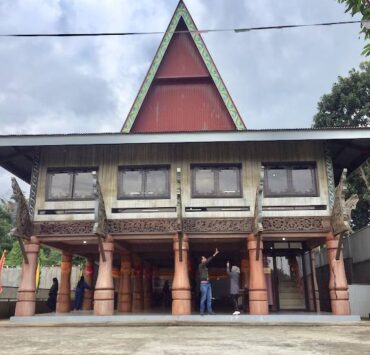In Negros Occidental, a refuge for artists
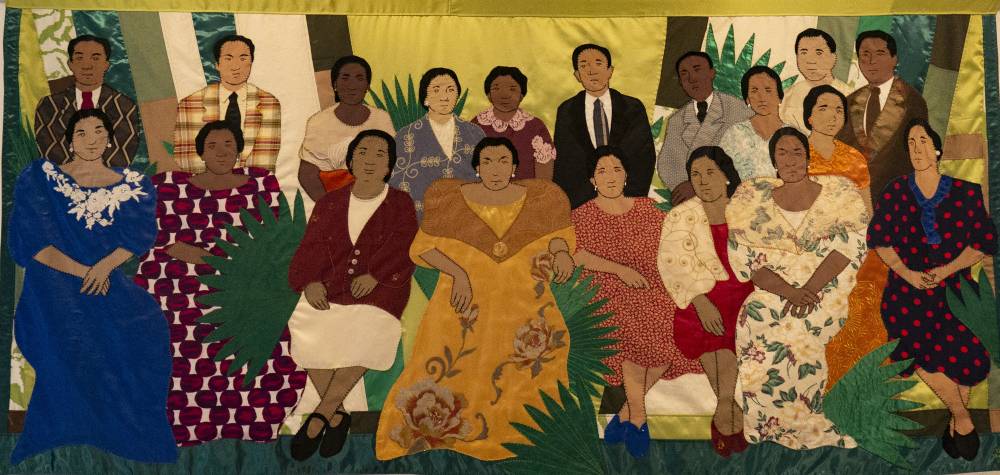
In the heart of Negros Occidental, the ABungalow Artists’ Foundation is a sanctuary for artists to immerse themselves in creativity. Since its inception in 2016, its residency program has provided a supportive environment for artists to explore their artistic visions.
Located in the picturesque city of Talisay, ABungalow invites artists to draw inspiration from the region’s cultural heritage and natural landscapes. The foundation offers a spacious studio, a workshop for sculptors and woodworkers, and accommodations, allowing artists to focus on their work without distractions.
More than being a physical space (a 100-square meter cottage with a balcony and garden), ABungalow fosters a vibrant artistic community. Residents are encouraged to engage with the local artists through workshops, exhibitions, and collaborative projects. This exchange of ideas and experiences enriches both the artists and the community.
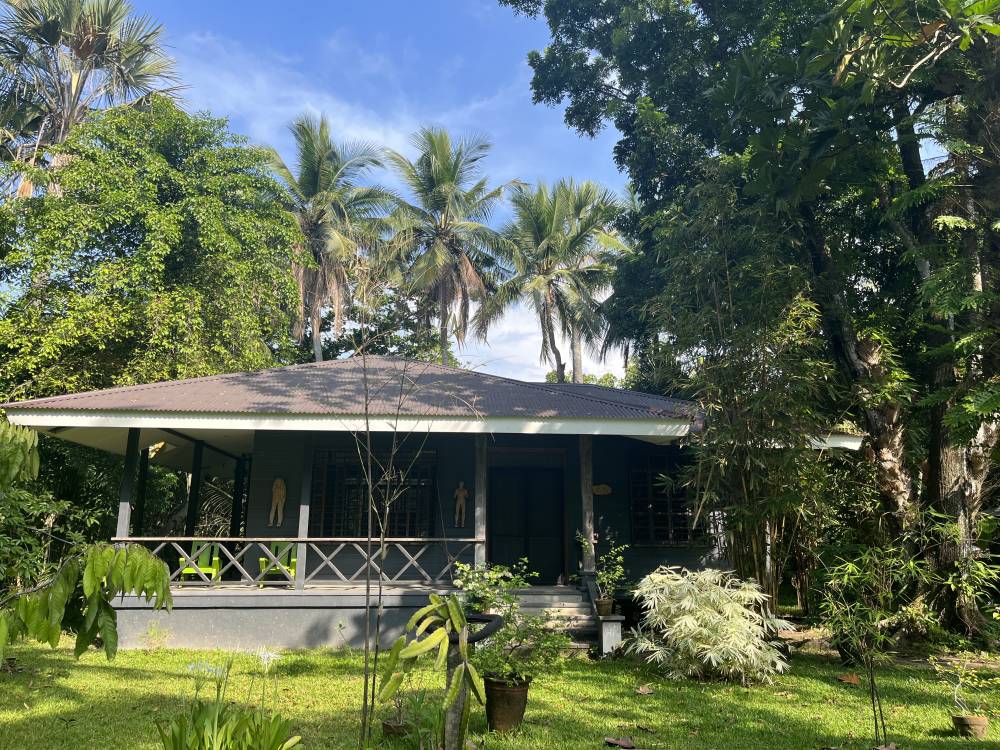
“Many artists come from Manila but we’ve hosted foreigners, too. They feel as if they are in a resort. The mangrove river is close to our property,” says Adrian Lizares, Bacolod’s culture deacon and head of the residency. “The requirement is that the artistic product must be site-related or pertaining to Negros.
The works produced during residencies are showcased at Kapitana Gallery, a contemporary art space housed within the historic Balay ni Tana Dicang. This well-preserved 19th-century heritage house, declared an Important Cultural Property by the National Museum of the Philippines, provides a backdrop for the exhibitions. A portion of the proceeds from gallery sales is dedicated to the maintenance of this cultural landmark.
Last year, Lizares invited textile artist Athela “Tekla” Tamoria to immerse herself in Talisay. This residency preceded her prestigious win of the Fernando Zobel Prize for Visual Arts, awarded by the Ateneo Art Gallery. Impressed by Tamoria’s personal subjects and sustainable artmaking process, Lizares provided her the opportunity to explore the rich history and culture of his family’s estate and Negros Occidental.
Unique practice
Tamoria has established a unique artistic practice centered around the transformative power of textile art. Her stitched works, crafted from preloved clothing and recycled scraps, breathe new life into discarded materials. Her recent tapestries, inspired by vintage family photos, blend traditional patchwork techniques with contemporary interpretations, showcasing the beauty of both hand and machine stitching.
During her two-month residency, Tamoria delved into the historical significance of the Lizares family, once prominent sugar estate owners. She produced three works, including an 11-foot horizontal tapestry based on an early 20th-century family portrait. This prominent piece features Doña Enrica Alunan, the matriarch and barangay captain, widow of hacendero Don Efigenio Lizares.
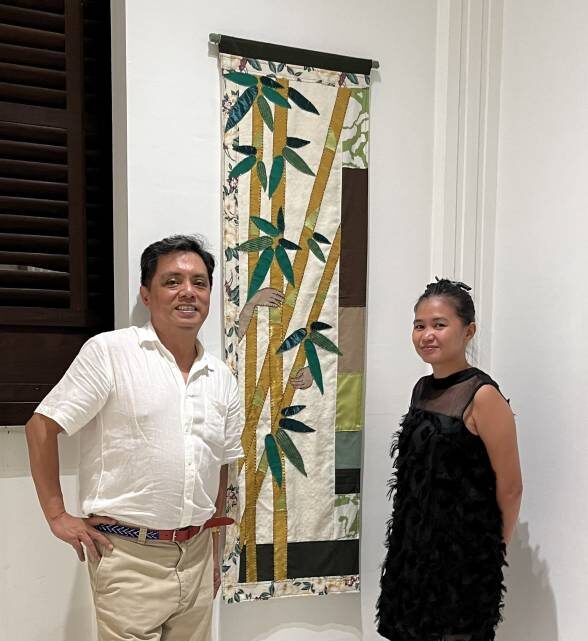
Aside from being the great grandson of Doña Enrica, custodian of Balay ni Tana Dicang and curator, Lizares is known for his appreciation of natural beauty. To honor this, Tamoria created tapestries depicting anahaw leaves and bamboo, symbols of the estate’s lush gardens. These portable tapestries, designed to be unfurled and enjoyed, offer a luxurious and immersive backdrop for entertaining guests.
Tamoria emphasizes the importance of firsthand experience, stating in Tagalog, “It’s not enough to get references online. I immersed myself in the environment.”
At the gallery of Balay ni Tana Dicang, her exhibit, titled “Mula sa Mga Ugat at Pag-alala,” celebrates Filipino pride, lineage, and ancestral roots. The term ugat (roots) signifies the deep connection to family history, while pag-alala refers to the act of remembering and honoring ancestors. The plant motifs woven into her tapestries serve as powerful allegories for these familial roots.
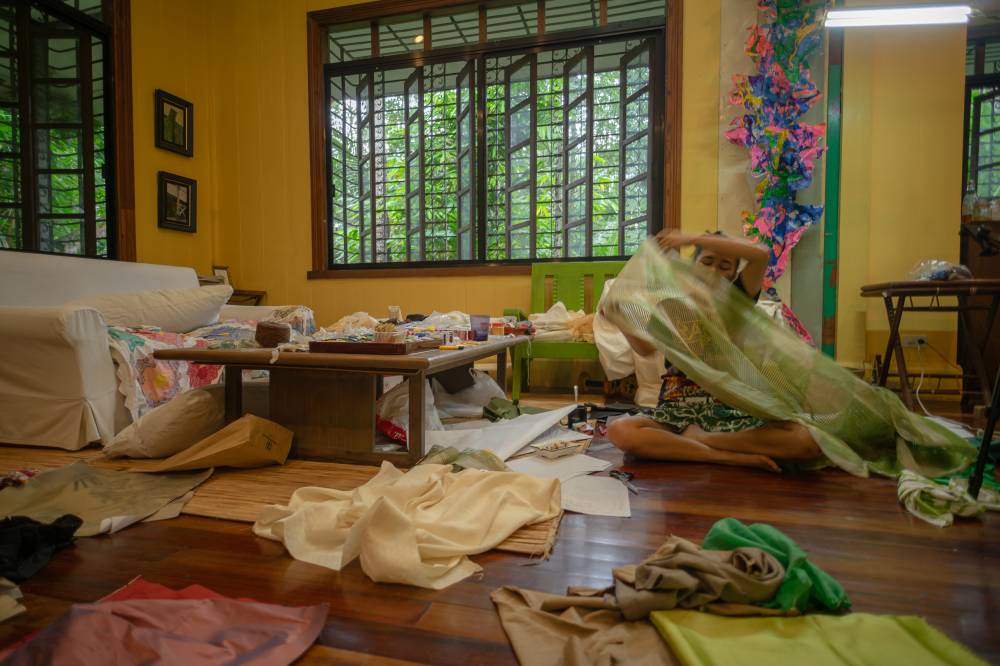
To source materials for her tapestries, Tamoria visited ukay-ukay stores in nearby Bacolod. She carefully selected khaki and beige pants to create the skin tones of her subjects. The intricate silhouettes of the figures were painstakingly hand-stitched, while the backgrounds were sewn by machine.
To add depth and texture, she incorporated beadwork and appliqué techniques. In the portrait of Tana Dicang’s family, she highlighted the matriarch by dressing her in a vibrant mustard yellow, making her stand out from among the other members.
Tamoria’s previous tapestries also drew inspiration from old family photographs, featuring her mother and grandfather. She explains, “The Lizares portrait is a continuation of my work with family subjects and strong women.”
Transformative experience
During her residency, Tamoria connected with local artists, including the iconic Charlie Co. His wife Anne generously lent her a portable sewing machine, further empowering Tamoria’s creative process.
After earning her fine arts degree from the University of the Philippines, Tamoria explored various media, including paper. To expand her artistic repertoire, she enrolled in sewing courses at Tesda. Ultimately, she gravitated toward textile art for its versatility in creating both wearable and visual art. She explains, “When I create a tapestry, I employ embroidery, appliqué, and beadwork.”

Tamoria cherishes her residency in Talisay, describing it as a transformative experience. She contrasts her Manila lifestyle with the peaceful serenity of the countryside, saying, “In Manila, I was in a confined space. Here, I felt a sense of freedom and spaciousness. There was no pressure, and I didn’t have to worry about basic necessities such as food. The solitude and tranquility allowed me to focus on my practice and rejuvenate. The serene garden provided privacy and inspiration. I felt truly welcomed by the vibrant Negros art scene.”
Following her residency, Tamoria immediately embarked on her exhibit, “For the Love of Art, and Art is Labor,” at Finale Art File. This ongoing exhibition features six-frames-per-second animation, composed of 80 embroidered fabric frames, creating a mesmerizing loop of repetitive imagery. Through her art, Tamoria aims to highlight the dual nature of artistic creation: a fervent pursuit and a labor-intensive endeavor.
The exhibit runs through November. Kapitana Gallery is at 36 Rizal, Balay Ni Tana Dicang, Enrique Lizares Street, Talisay City, Negros Occidental. Email balaynitanadicang@yahoo.com, or call (+6334)-7126800. To inquire about the ABungalow Residency Project, email abungalowresidency@gmail.com.















